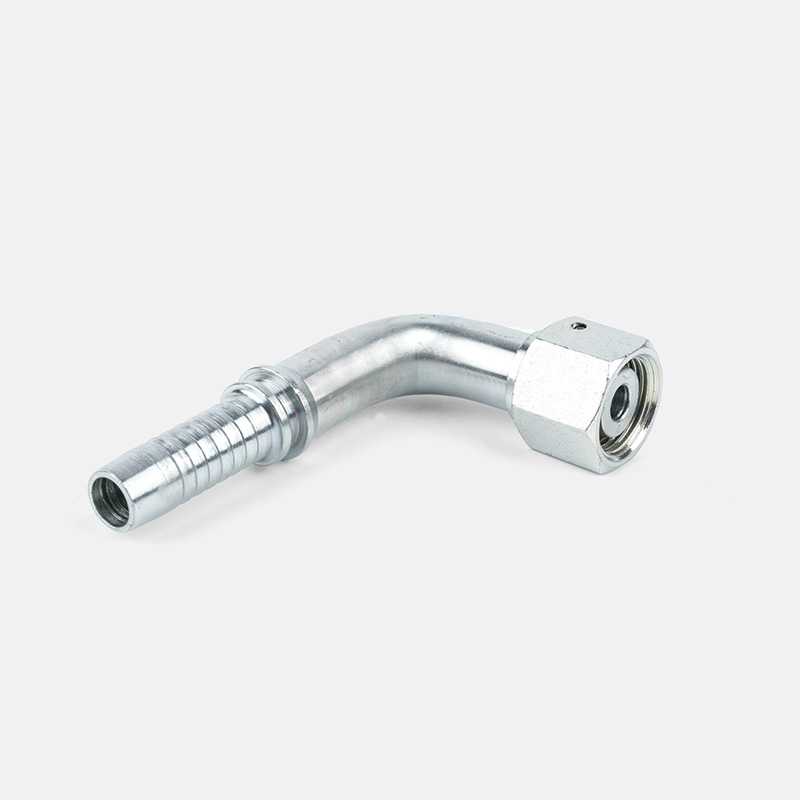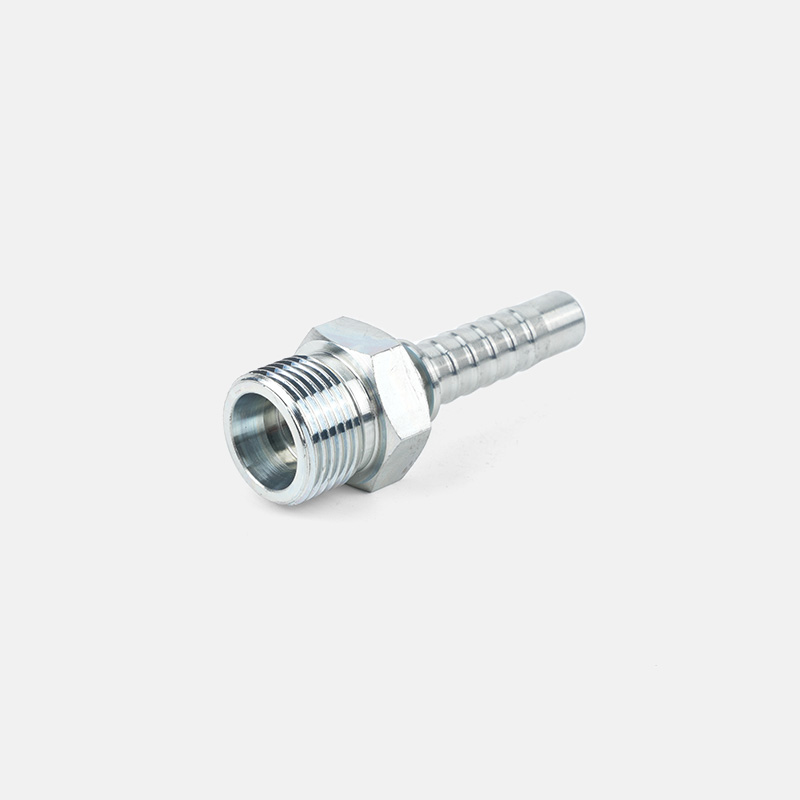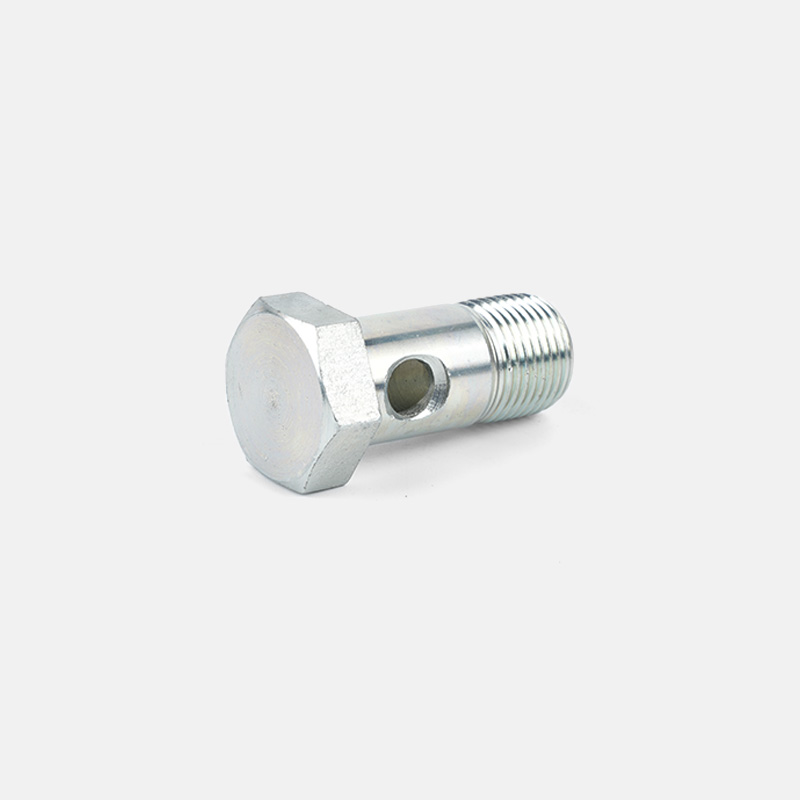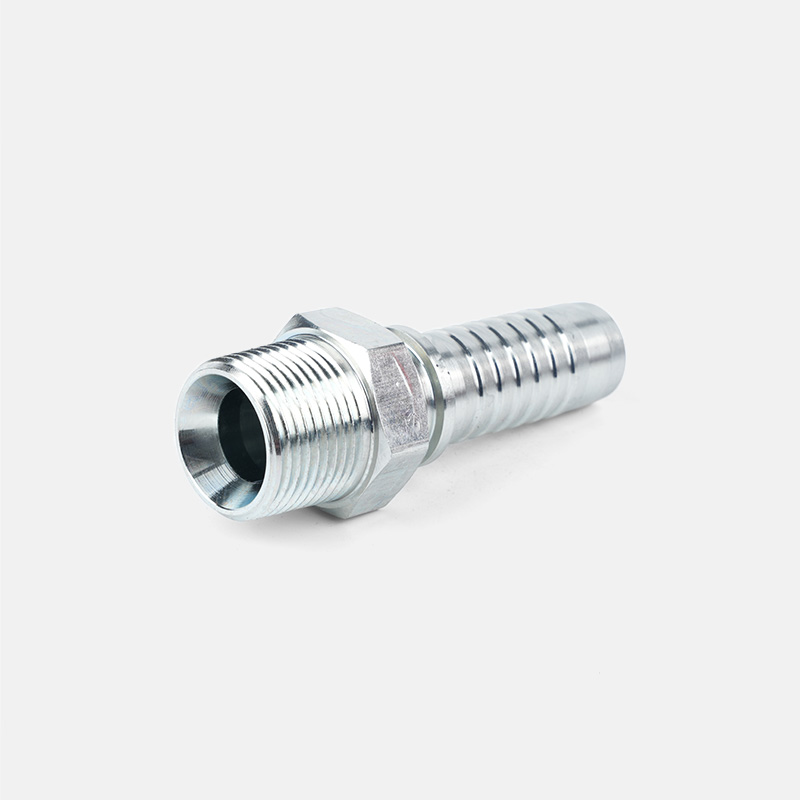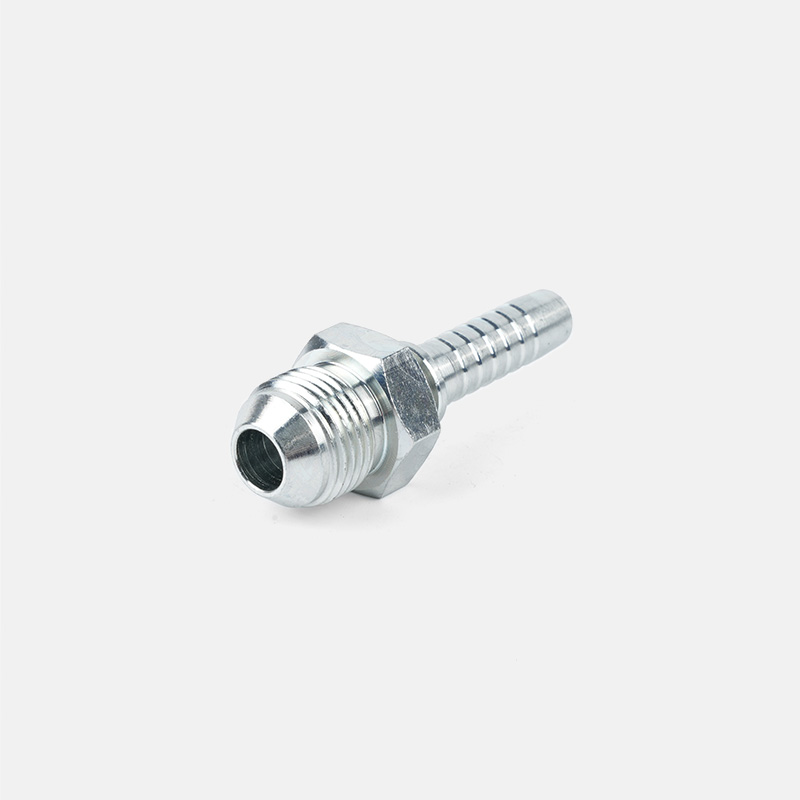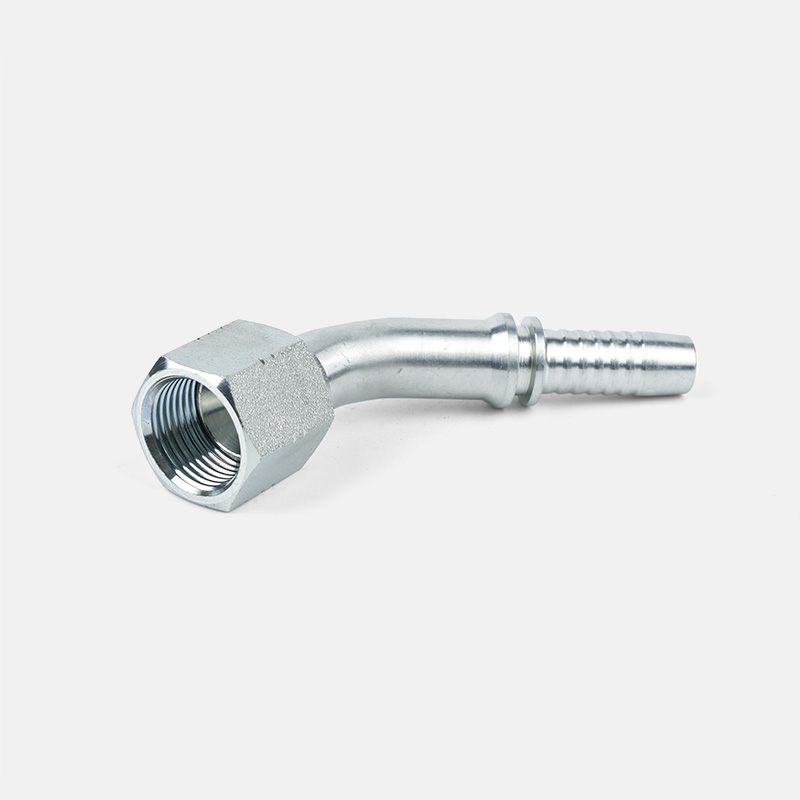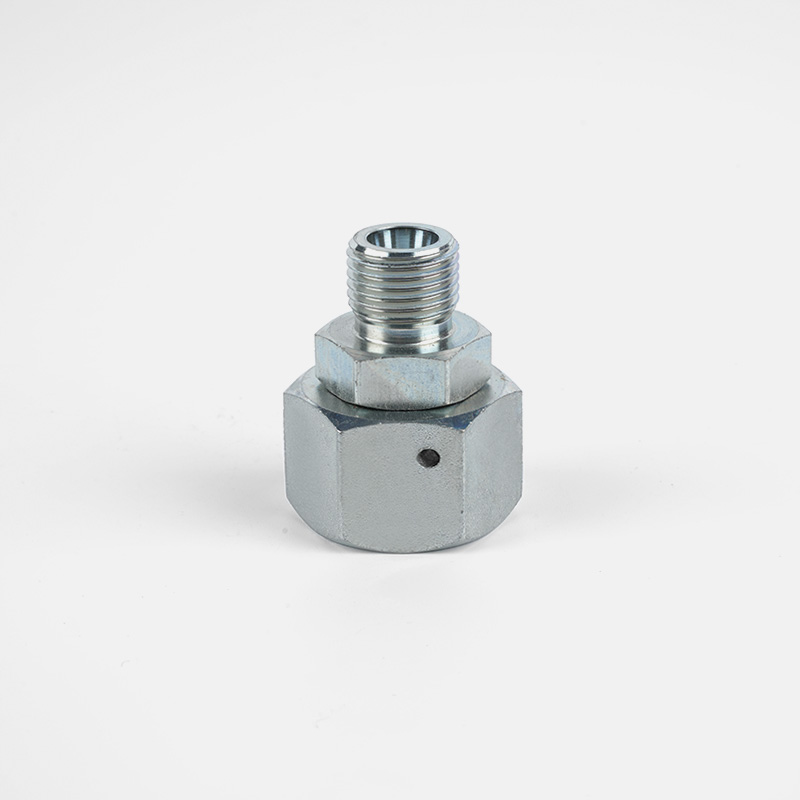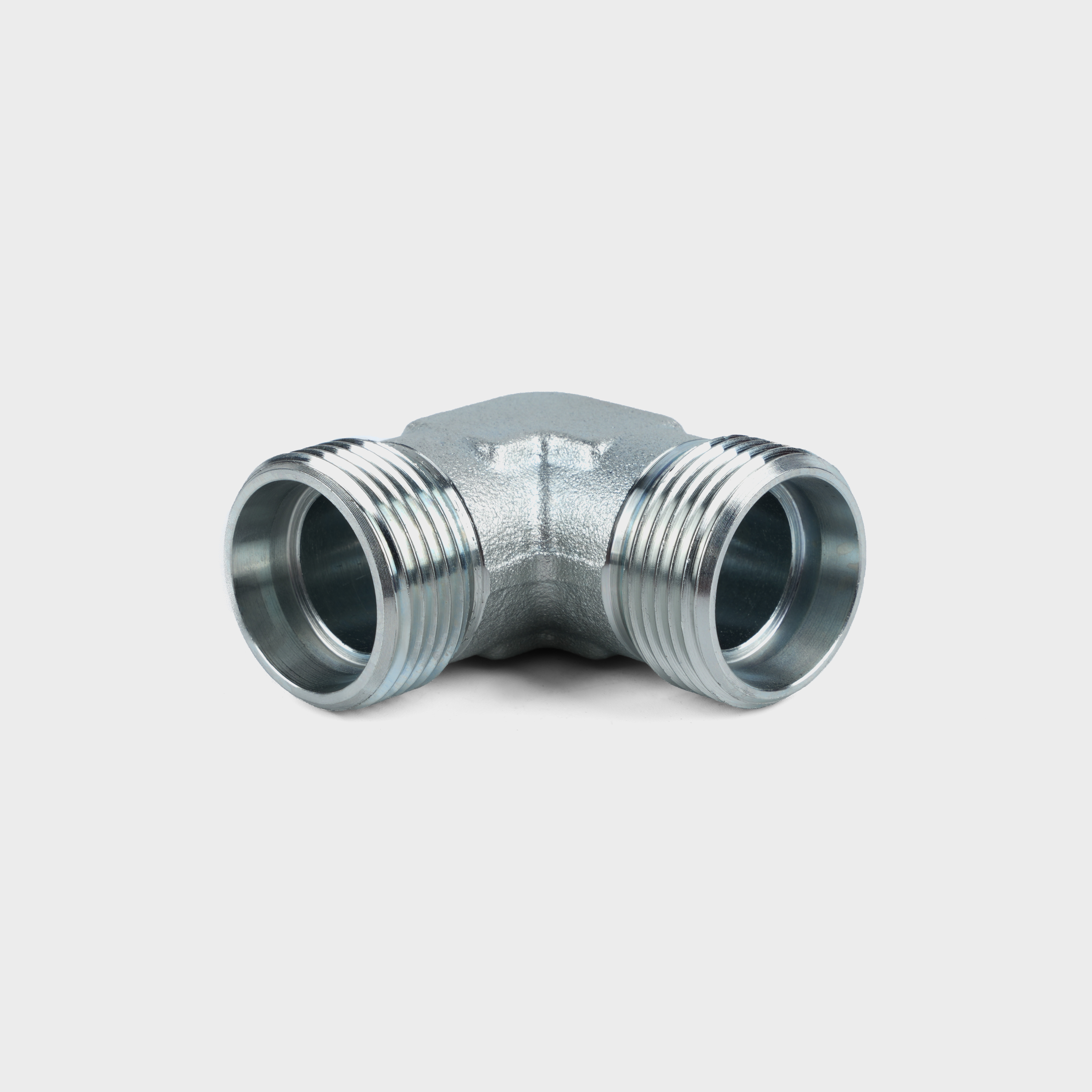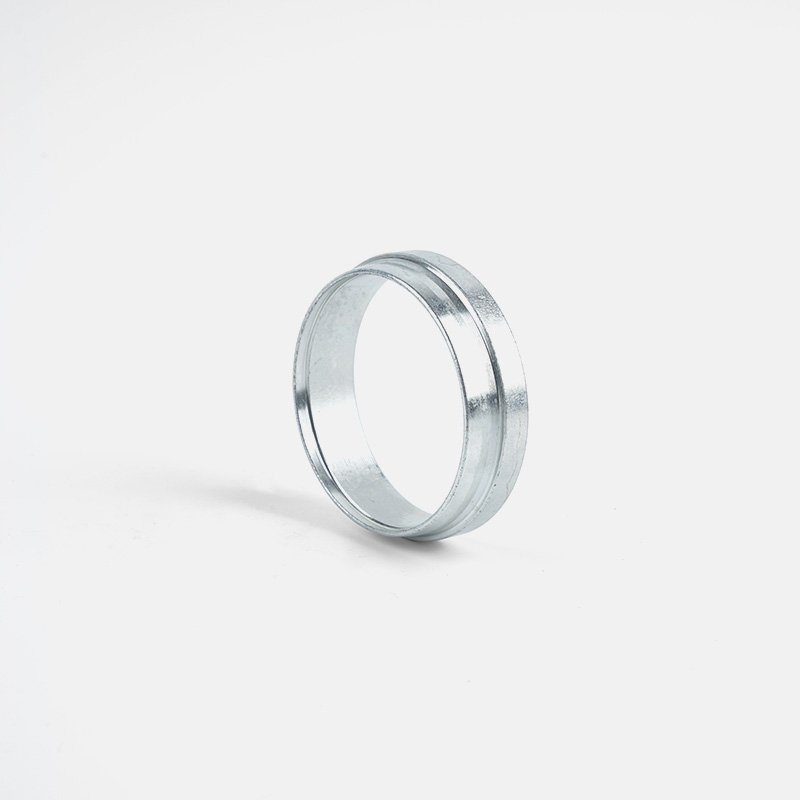Language
ENGHow to maintain stability and durability of metric hose fittings in high-pressure environments?
 2024.10.07
2024.10.07
 industy news
industy news
1.Design rationality
The rationality of the design of metric hose fittings is the cornerstone of their stability and durability in high-pressure environments. The design team needs to conduct in-depth analysis of the specific requirements of high-pressure environments, such as pressure range, temperature fluctuations, medium characteristics, etc., in order to develop targeted design solutions. The design of the joint structure needs to balance strength and flexibility, ensuring that it can withstand high pressure while also adapting to small deformations in the pipeline system, avoiding damage caused by stress concentration. The design of the flow channel needs to be optimized to reduce fluid resistance, improve transmission efficiency, and prevent erosion and wear caused by excessive flow velocity. Through meticulous simulation testing and experimental verification, continuously optimize the design scheme to ensure the excellent performance of metric hose joints in high-pressure environments.
2.Material selection
In terms of material selection, metric hose fittings are made of high-quality materials with high strength and corrosion resistance, tailored to the characteristics of high-pressure environments. Stainless steel has become one of the preferred materials due to its excellent mechanical properties and corrosion resistance. Especially high-grade stainless steel, such as 316L, can maintain excellent performance stability in extreme environments. For application scenarios that require higher strength or special performance, higher-level materials such as alloy steel can also be used. In terms of sealing materials, high-quality elastomers that are resistant to high temperatures and chemical corrosion, such as fluororubber and PTFE, are selected to ensure the sealing reliability of the joint under harsh conditions such as high pressure, high temperature, and corrosive media. The selection of these materials not only improves the durability of metric hose joints, but also extends their service life.
3.Manufacturing process
The manufacturing process of metric hose fittings has a crucial impact on their performance. In order to ensure the accuracy and quality of the joints, the manufacturer has adopted advanced processing equipment and techniques. Numerical control machining technology has achieved unprecedented levels of dimensional accuracy and surface quality of joints, reducing performance issues caused by machining errors. Precision casting technology can manufacture joints with complex shapes and fine structures to meet various special needs. The application of heat treatment technology further improves the mechanical and corrosion resistance of the joint, eliminates the stress concentration phenomenon inside the material, and enhances the stability and durability of the joint. Through strict manufacturing process control, metric hose fittings perform more reliably in high-pressure environments.
4.Correct installation and maintenance
Proper installation and maintenance are key steps in ensuring the stability and durability of metric hose fittings in high-pressure environments. Before installation, a comprehensive inspection should be conducted on the joints to ensure that they are free of cracks, damage, and that the seals are intact. At the same time, it is necessary to clean the connection parts of the joints and pipelines to ensure that there are no impurities or oil stains. During the installation process, it is necessary to follow the prescribed installation steps and tightening torque to avoid joint damage or leakage caused by over tightening or over loosening. After installation, necessary testing and inspection are required to ensure that the sealing performance and connection strength of the joint meet the requirements. During daily use, metric hose joints should be regularly inspected and maintained to promptly identify and address potential issues. If cracks, leaks, or loose fasteners are found in the joints, timely measures should be taken to repair or replace them to avoid the problem expanding and affecting the normal operation of the system. By proper installation and maintenance measures, the service life of metric hose fittings can be further extended and their reliability improved.


